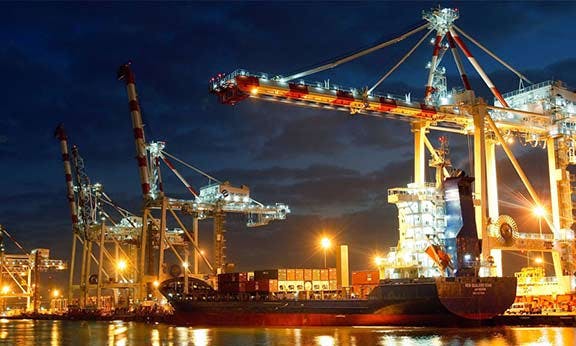Victoria’s privatisation problem

Victoria has a privatisation problem. To be fair, selling public assets for profit has been a world trend over the last 40 years. But Victoria led the way in Australia.
In the Andrews Labor government’s 2017 budget, a large increase in privatisations was planned, with between 40 and 50 percent of funding for infrastructure projects over the next few years coming from Public Private Partnerships (PPPs).
PPPs vary – but they always allow private profit from public projects. They are also a good example of word play, whereby governments studiously avoid using the word “privatisation” and instead use terms such as “asset recycling”, “asset leasing”, “outsourcing” or “marketisation”.
This isn’t surprising. Privatisations are hugely unpopular. A 2015 Essential Report survey, for example, found that 53 percent of respondents didn’t think that selling off public utilities would help the economy. More than 70 percent agreed that utilities such as water and power are too important to be sold off, that privatisations mainly benefit the corporate sector and that prices always increase after privatisation.
It’s surprising that Victoria has any public assets left to sell after Liberal premier Jeff Kennett’s notorious binge in the 1990s. The Kennett Coalition government privatised public transport, electricity, gas, water distribution and more. Essential human services were sold to the highest bidder and are now run in the interests of shareholders, rather than the public.
Today many sectors such as aged and child care, hospitals, child protection, disability services, prisons and vocational training are partially or in the process of being privatised.
Daniel Andrews has found even more public assets to sell.
In 2016, the government sold a 50-year lease for the Port of Melbourne for $9.7 billion. The container port is the largest in Australia; tens of millions of tonnes of cargo pass through every year. Undoubtedly, the profits accruing to the new consortium owner will be well worth the price.
Last year, the government announced that 500 state-run homes for people with cognitive disabilities would be put to tender to be run by non-government organisations.
Then there is the disaster of the largest single sell-off of public housing in Victoria’s history. For now, nine inner city estates covering approximately 1000 public housing dwellings will be demolished and the land sold to private developers.
Some social housing will be built, but will not equal the number of bedrooms currently available. The number of three-bedroom homes will be cut from 182 to 25.
Andrews also plans to privatise Land Use Victoria. This government agency keeps records of who owns land across the state, and information about mortgages, titles, leases etc.
Just before NSW sold its land titles agency last year for $2.6 billion, leaked Treasury documents revealed that it was making the state government $130 million annually.
The registry is a natural monopoly. Home buyers, sellers, real estate agents and researchers must use it – and hence pay whatever fees are charged. Similar privatisations in Canada led to 300 percent price increases.
In January, the premier said, “If you asked ordinary Victorians, would you prefer the electricity system to be in private, for profit, ownership, or owned by every single Victorian, I think the majority of Victorians would say they would be much happier if it was owned by them”.
Pity he’s doing nothing about it and continues the sell-off elsewhere.
Privatisation of public assets has been disastrous. For example, research by the Australia Institute showed that the cost of electricity increased nearly three times the overall increase in prices in Australia in the 10 years to 2016.
This increase was partly a result of a loophole in the regulatory system allowing electricity companies to over-invest in infrastructure – “gold-plating” – and pass the cost on to consumers.
On top of this, there has been a grotesque ballooning in the number of managers within electricity providers – a more than 200 percent increase in the same 10-year period.
Then there’s the 400 percent increase in the number of advertising and marketing employees, which rams home the gross inefficiency of selling public assets to the private sector. How ridiculous that we are paying for the advertising budget of an essential service.
Bringing privatised assets into public ownership would cut out all the profit-taking corporations and reduce prices. The case for placing such utilities into public hands could not be clearer.